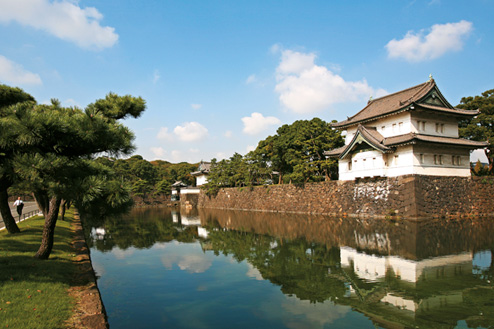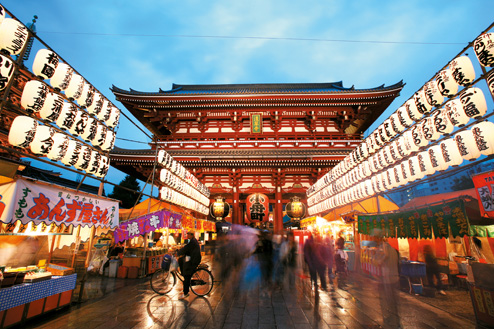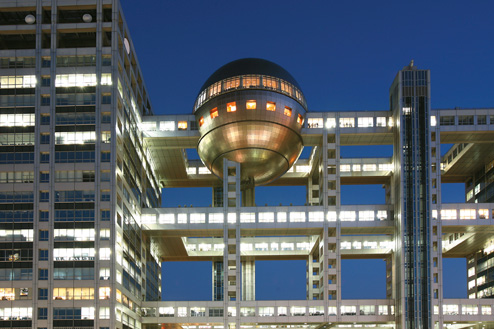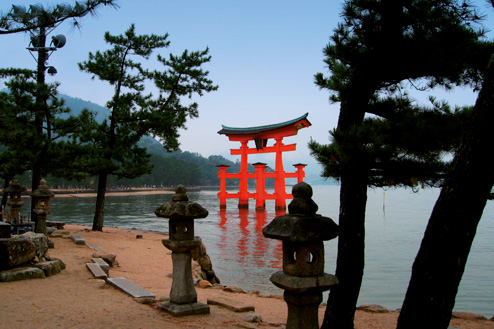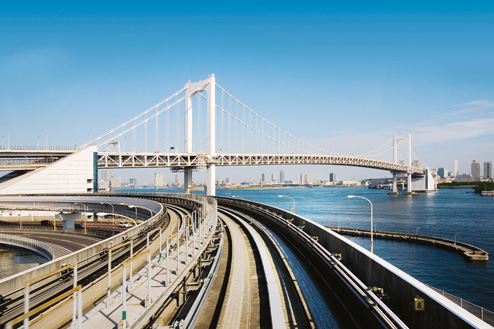Religion
The Japanese have a pragmatic, flexible approach to religion that can seem puzzling to devout westerners. Nominally split between Buddhism and Shintō (the country’s indigenous religion), Japanese people are actually happy to mix and match beliefs according to the occasion. Births and deaths are most often celebrated with a Buddhist ceremony, Shintō rites are often used to mark traditional weddings and the passing of the seasons, while Christian-style weddings are popular among the young (although of no religious significance). Underlying this flexibility is the fact that Japan is really among the most secular of nations, with religion playing no more than a ceremonial role for most citizens. The same is true at public level – though some of the country’s political parties are affiliated with Buddhist organisations, it is rare to hear a politician invoke God in the way that would be considered normal in the US. The lines between religion and culture are often blurred, and praying for luck when visiting a temple or a shrine is a common practice.
An ancient religion of obscure origin, Shintō finds god in many things, living and non-living. Unusually for a major religion, it has no founding text or sacred document. The official state religion from 1868 until the end of the second world war, Shintō suffered somewhat from its association with the rise of militarism. Buddhism first arrived in the country about 1,500 years ago, but it has since splintered into numerous sects. Many of these survive today – the Jōdo Shin, Shingon and Nichiren versions of Buddhism said to have the most adherents. The divide between Buddhism and Shintō is, however, less than clear-cut. The two have had mingled beliefs and believers for centuries, often being celebrated as one and the same faith. A 2004 survey by the Agency for Cultural Affairs found that 50.7% of the population considered themselves primarily Shintō, while 43.6% were primarily Buddhist. But the same survey also found that followers of one faith generally accepted the other. The most important event in the Shintō calendar is hatsumōde – a person’s first visit to a shrine in the New Year. Key Buddhist festivals include Obon – a few days in midsummer when the Japanese traditionally go home to visit their relatives. Christianity is estimated to have one to three million Japanese adherents. Other faiths are represented in tiny numbers, largely among immigrant communities.
An ancient religion of obscure origin, Shintō finds god in many things, living and non-living. Unusually for a major religion, it has no founding text or sacred document. The official state religion from 1868 until the end of the second world war, Shintō suffered somewhat from its association with the rise of militarism. Buddhism first arrived in the country about 1,500 years ago, but it has since splintered into numerous sects. Many of these survive today – the Jōdo Shin, Shingon and Nichiren versions of Buddhism said to have the most adherents. The divide between Buddhism and Shintō is, however, less than clear-cut. The two have had mingled beliefs and believers for centuries, often being celebrated as one and the same faith. A 2004 survey by the Agency for Cultural Affairs found that 50.7% of the population considered themselves primarily Shintō, while 43.6% were primarily Buddhist. But the same survey also found that followers of one faith generally accepted the other. The most important event in the Shintō calendar is hatsumōde – a person’s first visit to a shrine in the New Year. Key Buddhist festivals include Obon – a few days in midsummer when the Japanese traditionally go home to visit their relatives. Christianity is estimated to have one to three million Japanese adherents. Other faiths are represented in tiny numbers, largely among immigrant communities.

